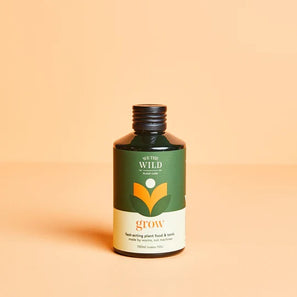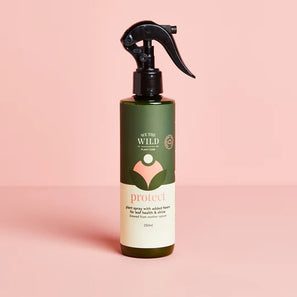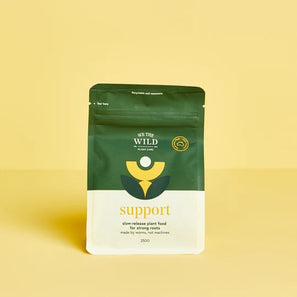
A Guide to Happy Pot Plants
Whether you're nurturing lush indoor greenery or vibrant outdoor pots, this general guide has all you need to keep your potted plants thriving. From light and watering tips to soil and fertilising advice, we've covered the essentials to help your plants stay happy and healthy year-round. Dive in and discover simple steps to create a green space that brings joy and freshness to your life, indoors and out!
* Use this as a general guide, but remember to research each plant’s specific needs so they can truly flourish in your home.

Indoor Potted Plant Care Instructions
Light
Place your plants in spots that get the recommended amount of light for the species (bright, indirect light is common for many indoor plants).
Avoid direct sunlight unless the plant requires it, as it can scorch leaves.
Watering
Check the soil moisture regularly by sticking your finger about a 2 - 3 cm into the soil. Only water when it feels dry to avoid overwatering. For succulents, such as Sansevieria, let the soil dry out between waterings. Indoor plants will need less water in winter, as growth typically slows.
Use pots with drainage holes to prevent root rot.
Humidity
Many indoor plants prefer higher humidity. Consider placing a tray with water and pebbles beneath the pot or using a humidifier if the air is too dry.
Soil
Use a high-quality potting mix suitable for indoor plants. For specific plants like succulents, use a well-draining cactus mix.
Fertilising
Feed indoor plants with a balanced, water-soluble fertiliser about once a month during the growing season (spring and summer). Apply a slow release, granular fertiliser at least once per year or as recommended for the individual product (different release rates may require additional applications).
Pests
Indoor plants are often prone to pests like spider mites, mealybugs, and scale insects. For minor infestations, gently wipe the leaves with a damp cloth or rinse them with a light spray of water. Eco-oil is also an effective, safe option. Avoid direct sunlight on treated leaves to prevent burning.

General Outdoor Potted Plant Care Instructions
Light
Place plants according to their sunlight needs (full sun, partial shade, etc.). Some plants, like herbs, need plenty of sunlight, while others, like ferns, thrive in shade.
Watering
Outdoor plants may need more frequent watering, especially in hot or dry weather. Check soil moisture often. Adjust watering schedules in the cooler seasons
Temperature & Protection
Some outdoor plants can tolerate a range of temperatures, but move tender plants indoors or protect them during cold weather or heatwaves.
Soil
Use a good quality outdoor potting mix. For some plants, mix in materials like sand or perlite to improve drainage.
Fertilising
Fertilise with a slow-release formula or liquid fertiliser, depending on the plant's needs. Avoid fertilising during dormancy.
Pests
Outdoor plants might attract aphids, caterpillars, and whiteflies.
General Maintenance Tips for Healthy Potted Plants
-
Regularly prune dead, damaged, or overgrown parts of the plant to encourage new growth and shape the plant.
-
For flowering plants, remove spent blooms to promote new flowers.
-
Repot plants every 1-2 years or when they become root-bound, typically in spring. Use fresh potting mix and a slightly larger pot for growth.
-
Wipe indoor plant leaves with a damp cloth to remove dust and improve light absorption.
-
For outdoor plants, a gentle spray of water can clean leaves and dislodge pests.
By incorporating these basic care and maintenance practices, plants are more likely to stay healthy and resilient in both indoor and outdoor environments.



